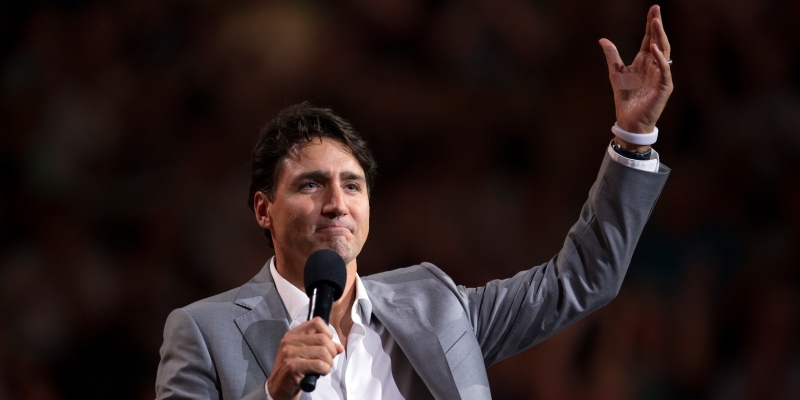Prime Minister Trudeau cements his ‘debt’ legacy

With this year’s federal budget, Prime Minister Justin Trudeau firmly established his fiscal legacy. No Canadian prime minister has spent more money (per person, inflation-adjusted) or accumulated more debt (per person), outside a world war or recession, than Prime Minister Trudeau.
Canada’s gross debt will increase this year by almost $120 billion (again, adjusted for inflation) since the previous government tabled its last budget in 2015. On a per-person basis, each Canadian has acquired $1,725 more in federal debt since Prime Minister Trudeau took office.
This is historically significant. A recent study, which measured the debt performance of all prime ministers since 1870, found that only three prime ministers who did not face a world war or recession increased federal debt on a per person basis—Mackenzie Bowell, John Abbott and Justin Trudeau.
By the time Prime Minister Trudeau completes his current term, federal debt per person (inflation-adjusted) is projected to increase by 5.6 per cent, more than any prime minister who did not preside over a world war or recession. Further, Bowell and Abbott served as prime ministers in the late 19th century, which means that Justin Trudeau is the only prime minister this century or last to increase federal per-person debt without a global conflict or economic downturn.
Rising public debt matters. With mounting debt comes rising interest costs, consuming resources that could otherwise be used to fund important public services or provide tax relief. By raising debt today, the federal government burdens future generations, who must pay higher taxes tomorrow to finance benefits consumed today.
This recent and sudden accumulation of debt is due to the rapid increase in program spending that immediately followed the fall 2015 federal election. The Trudeau government has steadily ramped up program spending, by 25 per cent over four years, reaching $323.5 billion for the year ended March 2019.
Had the federal government simply frozen per-person program spending (in real terms) at 2016 levels, total program spending last year would have been $6.3 billion lower. The federal government’s current appetite for spending has brought federal per-person program spending (again, after adjusting for inflation) to an all-time high, at $8,869 last year. That figure eclipses the previous high ($8,847) recorded by Prime Minister Harper during the Great Recession in 2009.
As well, the current Trudeau government has recorded the third and fourth highest per-person spending years (adjusted for inflation). It’s easy to see how the federal government has amassed so much debt so quickly.
However, it’s harder to understand why the Trudeau government has chosen rapidly accumulating debt and increasing program spending, at unmatched levels, during a period of economic growth. This is a prescription for trouble when the economy slows.
Rapidly accumulating debt, accompanied by repeated and hasty spending increases, is not a sustainable financial strategy. At the end of his first term, Prime Minister Trudeau will have established an oddly chosen legacy.
Authors:
Subscribe to the Fraser Institute
Get the latest news from the Fraser Institute on the latest research studies, news and events.



